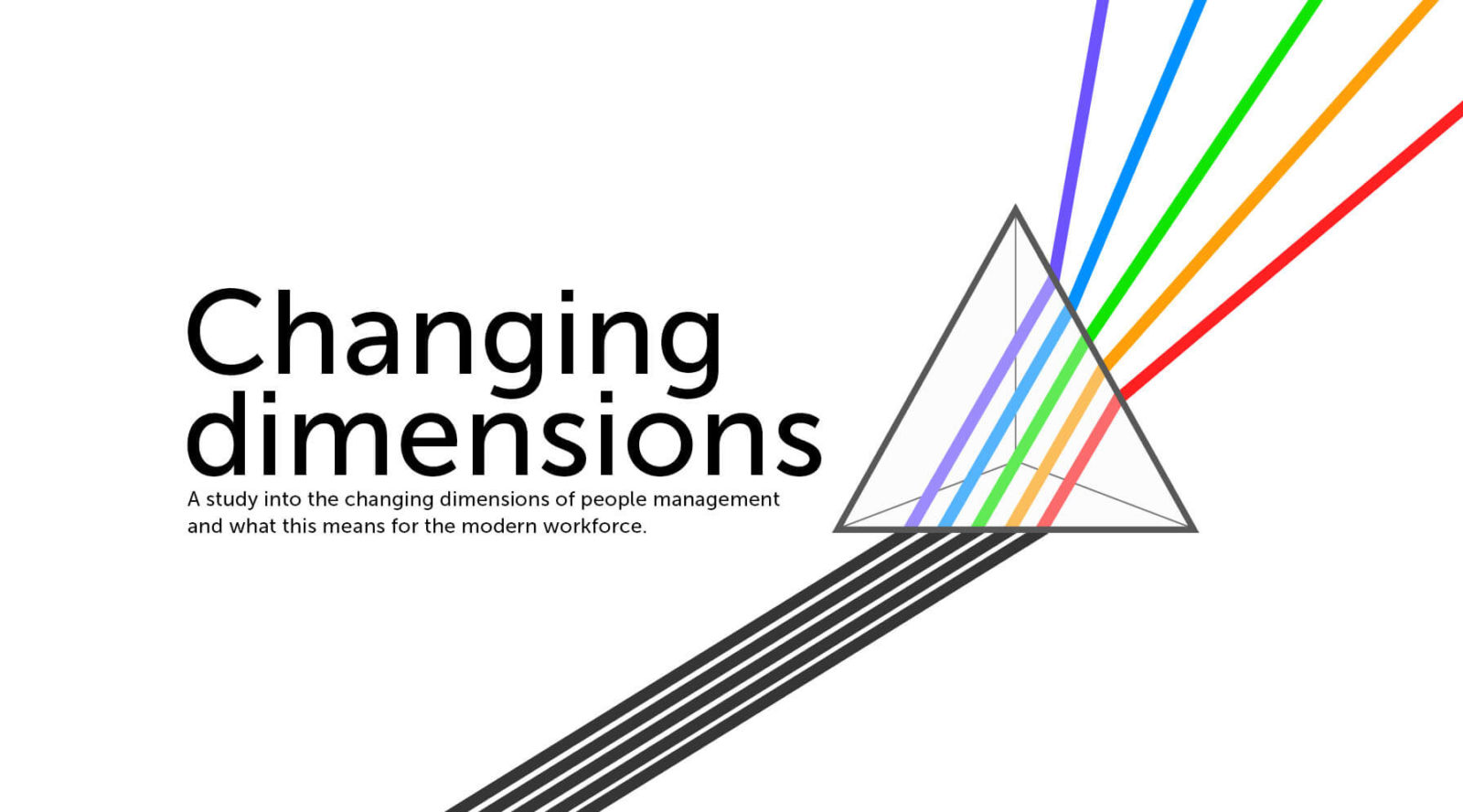Different generational attitudes to working from home

In the third part of our series on hybrid working for National Worklife Balance Week, we look at the different generational attitudes to working from home.
The concept of worklife balance has taken on a much greater emphasis since the pandemic – lockdown introduced us to the luxury of running our lives as we choose. What seems apparent is that the younger generations place a high value on maintaining a worklife balance and the ability to choose how they work. You may be aware of a recent TikTok trend called “quiet quitting”, which encourages people to perform strictly within the confines of their job description, rather than always going that “extra mile”. This attitude is perceived negatively by some, perhaps highlighting the difference in the generational approach to working practices.
In today’s workplace, there are as many as four generations working collectively. This, in itself, brings a huge divergence of attitudes and views to working practices. It would appear that many of the older generations are convinced that the only working environment is the office and that “ne’er the twain shall meet” between office and home. In contrast, Millennials and Gen-Z prioritise a worklife balance and embrace the concept of flexibility.
Whether or not the older generations agree with more flexible working practices, it is clear that they need to keep an open mind if they want to retain young talent.
"In order to retain talent, wellbeing has to be the driver. But mindfulness at lunch, sushi, beanbags and ping pong tables are not going to cut it anymore, not with millennials and Gen Z. These generations simply are not prepared to tolerate bad cultures. They are looking for cultures that trust them, value them, allow them to work flexibly, manage them by recognition and praise, and do not make them work punishing hours; get this wrong and you will face regrettable turnover”.
The traditional modes of leadership, which involved being more “hands-on”, observing, monitoring and walking the floor and which were probably, though not exclusively, the preserve of the older generation, are having to give way to different ways of leadership. This may prove challenging for those who have spent virtually all their working lives in face-to-face proximity with colleagues. They may find it unnerving to adjust to the elasticity provided by more remote methods of working and may be unsure how to tackle it to ensure that they retain a handle on supervision and connection with their employees. The difficult question is how to enable them to adjust to this and change what may be fundamentally ingrained modus operandi.
And yet if they don’t accept change, the younger generations, many of whom had only just set foot in the workplace before the pandemic hit, will be seeking out working environments where the type of flexibility they want is readily offered and indeed embraced.
In our Changing Dimensions report, the HR team at food-product corporation, Danone commented:
“Candidates aren’t simply excited to see that we’re offering flexibility; in fact, this flexibility seems to be non-negotiable for some of them and is a deciding factor in terms of whether they’d accept an offer or not. In terms of what candidates are looking for, flexibility is certainly up there as a high priority”.
Another factor to consider is the impact of differing generational workplace practices on physical space. Many years ago, offices consisted of an individual room per two or three people – maybe even just one. These allowed for the capacity for quiet thought and focused attention to a piece of work but did not encourage collaboration with wider colleagues. Then there was the move to open plan – removal of walls and bringing into the workspace as many desks as possible with people often sitting side-by-side with large numbers of colleagues. While this accentuated communication, it adversely affected the ability for quiet concentration. The first style was born of the traditional office experience of the older generation; the second, largely from a younger, more dynamic generation who wanted more interaction with their peers.
With less people in the office now, the focus needs to shift to the type of office-base people want to work in. As discussed yesterday, the ability to socialise and communicate with their colleagues is now a major reason why staff attend the office. This will never be achieved by a mass production line of desks, or by separating people into individual rooms. Different sectors will have different demands on the type of workspace that suits them. In today’s post-pandemic world, the skill for employers to wrestle with will be determining what type of work environment is best suited to the new generation of hybrid workers.
Another generational divergence of opinion is that of dress codes, which has been exacerbated by the lockdown. Although the concept of “suited and booted” was already starting to go out of fashion pre-lockdown, it is arguably still a requirement for client-facing professions. However, the younger generations in the post-pandemic world who are new to the workplace may have no concept of the need for “office attire”. Remember the initial days of lockdown with people reportedly on Zoom in their pyjamas? Those of us who have spent all our working life in “office dress” still automatically don this when meeting clients – an approach not necessarily shared by younger generations who may find it a strange and outdated concept. To bridge this gap, what we are seeing more and more is the concept of “dress for your day”. It may not be necessary to sit at a desk in a suit for the day, but also realistic that some clients (particularly those of older generations) still expect you to look the part. Perhaps this debate will become somewhat redundant as with time we find that clients themselves are of the younger generations and therefore more opposed to “office attire” – we will have to wait and see.
It was interesting discussing the generational divide with Remy and John, given we are each of different generations ourselves. What we could all agree on though is that there are positives and negatives to each perspective and employers should be open-minded to the differing views of their staff.
Ultimately, these different views have been accentuated by the imposition of lockdown when we were all subject to the same restrictions and all required to be flexible with our approach to work. Although (we hope!) the pandemic and lockdown is behind us, what remains is a fundamental shift in workplace practices. Increasingly employers are accepting that their staff may not need to be in the office 5 days per week to get the job done. Regardless of whether you agree with it or not, it is clear that flexible working is here to stay and therefore employers need to accept this and focus on strategies for fostering a successful hybrid workplace.
Tomorrow we turn our attention to the strategy of hybrid working and some thoughts on how to make this as successful as possible.

Our Changing Dimensions report:
A study into the changing dimensions of people management and what this means for the modern workforce:
